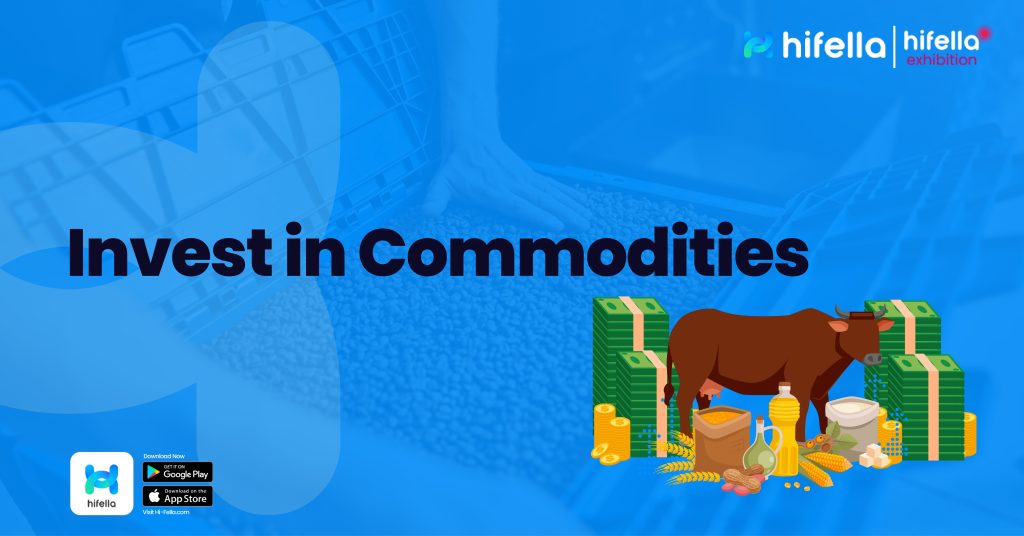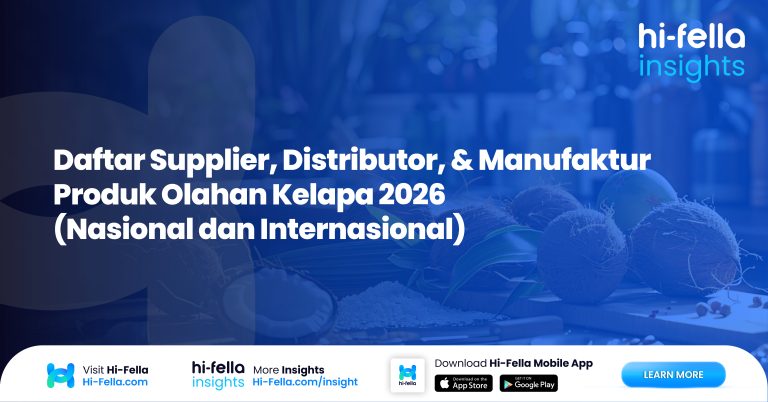Investing in commodities can be a smart way to diversify your portfolio and protect your wealth against inflation.
Whether you’re an individual investor or a financial advisor, understanding how commodities work and the various ways to invest in them is key to making informed decisions. This guide will walk you through everything you need to know about investing in commodities.
What Are Commodities?

Source: CryptoRank
Commodities are basic goods that are interchangeable with others of the same type. They include raw materials like oil, gold, wheat, and livestock, which are essential for the production of other goods and services.
According to the U.S Bank, commodity prices tend to rise with inflation, making them an attractive option for investors aiming to diversify their portfolios. However, the returns on commodities can be unpredictable.
There are various ways to invest in commodities, including buying them directly, investing in mutual funds, or exploring alternative options like hedge funds.
Different Types of Commodities
Commodities are typically divided into four main categories:
- Energy
This group includes resources like oil, natural gas, and coal, which are essential for powering industries and transportation systems.
a. Oil
Includes crude oil, which is refined into products like gasoline, diesel, and jet fuel. Oil is crucial for transportation, heating, and as a raw material in various industries.
b. Natural Gas
Used for heating, electricity generation, and as a raw material in chemical production. It is often transported as liquefied natural gas (LNG) for ease of storage and transport.
c. Coal
A primary source of electricity generation, particularly in power plants, and also used in steel production through the process of coking.
- Metals
This category encompasses both precious metals such as gold, silver, and platinum, and industrial metals like copper and aluminum, which are vital for manufacturing and construction.
a. Precious Metals
- Gold: Used in jewelry, electronics, and as a store of value in the form of bullion.
- Silver: Utilized in jewelry, industrial applications like solar panels, and in coinage.
- Platinum: Essential in automotive catalytic converters, jewelry, and industrial processes.
b. Industrial Metals
- Copper: Key in electrical wiring, plumbing, and electronics due to its excellent conductivity.
- Aluminum: Widely used in the manufacturing of aircraft, vehicles, packaging (like cans), and construction materials.
- Agriculture
These commodities consist of crops such as wheat, corn, soybeans, and coffee, all of which are fundamental to food production and global supply chains.
a. Wheat
A staple food crop used for making flour, bread, and pasta. It’s a fundamental part of the global food supply.
b. Corn
Used for food products, animal feed, and biofuels like ethanol. It’s also a key ingredient in many processed foods.
c. Soybeans
Valued for their oil and protein, soybeans are used in food products, animal feed, and industrial applications like biodiesel.
d. Coffee
One of the most traded commodities globally, used to produce coffee beverages. The two main types are Arabica and Robusta.
- Livestock
This category includes animals like cattle, hogs, and sheep, which are key sources of meat and other animal-based products.
a. Cattle
Raised for beef production and dairy products like milk and cheese. Live cattle futures are a common way to trade this commodity.
b. Hogs
Primarily raised for pork production. Lean hog futures are used to hedge against price fluctuations in the pork market.
c. Sheep
Raised for meat (lamb and mutton), wool, and milk products like cheese. They play a key role in certain regional diets and industries.
How to Invest in Commodities
Investing in commodities can be a smart strategy to diversify your portfolio and protect against inflation. There are several ways to invest in commodities, each offering unique benefits and challenges:
1. Direct Investment
What It Involves:
When you invest in commodities directly, you purchase physical assets like gold bars, silver coins, or oil barrels.
Considerations:
While this method gives you tangible ownership of the commodity, it also requires secure storage and insurance. Managing the logistics of buying, storing, and eventually selling physical commodities can be complex and may involve additional costs.
2. ETFs (Exchange-Traded Funds)
What It Involves:
ETFs are funds that allow you to invest in commodities by tracking the performance of a specific commodity or a basket of commodities. These funds are traded on stock exchanges, similar to stocks.
Considerations:
Investing in commodities through ETFs is a convenient way to gain exposure without handling the physical assets. ETFs also offer diversification across different commodities, but it’s important to note that their prices can be influenced by broader market conditions beyond just the commodity prices.
3. Futures Contracts
What It Involves
Futures contracts are agreements to buy or sell a specific commodity at a predetermined price on a future date. This method is often used by experienced investors who want to invest in commodities.
Considerations:
Futures contracts involve a higher level of risk and complexity. They offer the potential for significant gains through leverage, allowing you to control a large quantity of a commodity with a smaller investment. However, this also means that losses can be substantial if the market moves against your position.
4. Mutual Funds
What It Involves:
Mutual funds that focus on commodities or companies involved in commodity production provide another way to invest in commodities. These funds are managed by professionals who make investment decisions on behalf of the fund’s shareholders.
Considerations:
Investing in commodities through mutual funds offers diversification and professional management, making it an appealing option for those who prefer a hands-off approach. However, management fees can impact your overall returns, so it’s important to consider these costs.
When you decide to invest in commodities, it’s important to choose the method that aligns with your investment goals, risk tolerance, and experience level.
Each approach offers different advantages and challenges, so understanding these can help you make informed decisions that suit your financial strategy.
The Benefits of Invest in Commodities

Source: Bankrate
Investing in commodities offers several benefits:
- Hedge Against Inflation
Commodities often increase in value during inflationary periods, making them a good hedge against rising prices. - Portfolio Diversification
Commodities tend to have a low correlation with traditional assets like stocks and bonds, which means they can help reduce overall portfolio risk.
- Potential for High Returns
Commodity prices can rise sharply due to supply shortages, geopolitical tensions, or increased demand, offering opportunities for significant gains.
Risks Involved in Commodity Investing
While commodities can be rewarding, they also come with risks:
- Price Volatility
Commodity prices can be highly volatile, influenced by factors such as weather, political instability, and changes in global supply and demand. - Leverage Risks
Investing in commodities through futures contracts involves leverage, which can amplify both gains and losses.
- Lack of Income
Unlike stocks, commodities do not generate income such as dividends, so returns depend solely on price appreciation.
The Role of Commodities in a Diversified Investment Portfolio
Commodities can play a crucial role in a diversified portfolio. By adding commodities, you can reduce your portfolio’s overall risk and increase potential returns, especially during times of economic uncertainty or inflation.
It’s important to consider your investment goals and risk tolerance when deciding how much to allocate to commodities.
Why You Should Invest in Commodities
Investing in commodities can be a valuable addition to your investment strategy, offering benefits like diversification and protection against inflation.
However, it’s crucial to understand the risks involved and to choose the right investment approach based on your financial goals.
Whether you’re looking to invest directly, through ETFs, or mutual funds, commodities can provide an opportunity to enhance your portfolio’s performance.
Ready to explore the world of commodities? Find your commodities buyers and suppliers at Hi-Fella and start diversifying your portfolio today!








